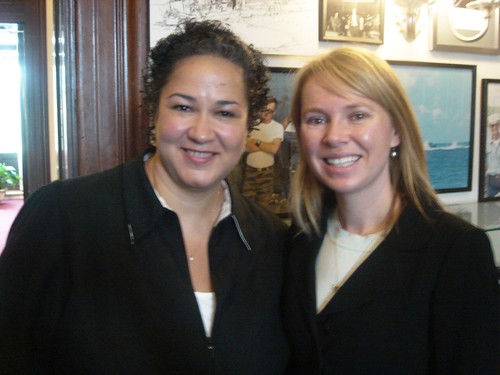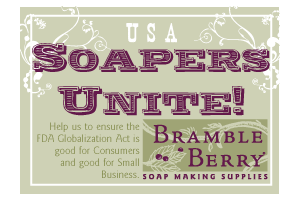 The eco-chic trend is the all rage these days. It’s about decadence and pampering while being friendly and gentle to our environment and bodies. The trend is taking off and so are the prices of many organic products.
The eco-chic trend is the all rage these days. It’s about decadence and pampering while being friendly and gentle to our environment and bodies. The trend is taking off and so are the prices of many organic products.
In the United States, the USDA has a certification program but it’s primarily there to address the needs of food and edible products, not beauty products. France has their Ecocert program and the UK has the Soil Association. The Soil Association will certify beauty products as organic and charge for this based on a sliding fee scale of revenue. Back in the U.S., the “big dogs” (like Whole Foods) are trying codify the standards for natural body and beauty products.Here are three new certification labels to watch for in the fight for dominance of this space in the beauty industry.
Whole Foods has a product line called Nude that launched in 2004 and is sealed with a Premium Body Care label. The label identifies over 250 ingredients that are unacceptable f or products including parabens, sodium lauryl sulfates and polyethylene glycols (check out the entire list here). To meet this label’s standards the product must pass the test by using the mildest of preservatives, the safest surfactants and premium standard fragrances oils.
or products including parabens, sodium lauryl sulfates and polyethylene glycols (check out the entire list here). To meet this label’s standards the product must pass the test by using the mildest of preservatives, the safest surfactants and premium standard fragrances oils.
OASIS (Organic And Sustainable Industry Standards) is a standard represented by companies such as Estee Lauder and L’Oreal. To seal your products with the OASIS label, the product must be 85 % certified organic (and soon to be 95 %, wowza!). Keep an eye out for the OASIS seal, it’s said to be coming out sometime this year.
 The IOS cosmetic standards one of North America’s first system certification standard for organic and natural cosmetics. To meet this label’s standard the product must be 95% of natural origin and include recyclable packaging. It also must be manufactured with out producing any toxins.
The IOS cosmetic standards one of North America’s first system certification standard for organic and natural cosmetics. To meet this label’s standard the product must be 95% of natural origin and include recyclable packaging. It also must be manufactured with out producing any toxins.
What does this mean for the little guys? It means that potential customers will become more educated about the terms “natural” and “organic” and ask you more clarifying questions prior to purchasing. If you want to stay in the running for these categories, you’ll need to be extra careful about the ingredients that go into your products.One of my concerns around all of this codifying and competing “seals of approval” is the cost to keep up. I have a sneaking suspicion that these changes might push out the little guys (certification can be expensive), leaving total domination of the natural and organic body care industry to those that can afford it (i.e. well established, larger brands).











